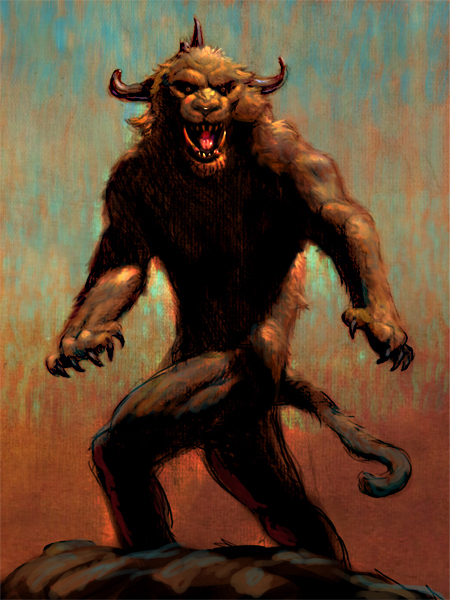Beings, Symbols, and Images

If you take nothing else away from this essay, take this:
Images and symbols are also beings: they inhabit the same
universe as the things to which they refer. This is in
contrast to the everyday view of images and symbols that I
have observed in myself and others, which sees images and
symbols as purely abstract, arbitrarily assigned, and
distinct from real
physical beings. Yet the fact is that
to make a symbol or an image is to form some part of the
real, physical world. A symbol or image cannot be perceived
or interpreted without a physical manifestation.
Introduction
First, some definitions:
Being: (n) a physical or conceptual entity worthy of discussion in its own right, without reference to extrinsic purposes or meanings.
Image: (n) a portrayal of some aspects of a being to one or more of the human senses. Images are lossy: that is, they cannot convey every possible aspect of the being they portray (if they did, they would not be portrayals, but copies).
Symbol: (n) a reference to a concept or entity whose physical manifestation does not resemble the referenced entity in form. Examples include flags, heraldry, religious symbols,
- Humans have always made images.
- Recently (in the last century?) the division between symbol and image has been blurred
- was this required by the need for international communication / a near-universal pictographic language?
- assumption: pictographs can only be readily understood as such if
their beingness is wholly abstracted away; if they scream
I am a symbol! Observe my referent!
- The utility of pictographs can hardly be ignored.
- Pictographs have made their way into software UI designs where international acceptance and a shallow learning curve are desirable.
- And when wouldn't they be desirable?
- Skeumorphism: hard to produce, less convenient (for experts) to use
- for the sake of
ease of use
and ease of production, symbolic forms have been first concretized (skeumorphism) then abstracted. Where once were beings, ends in themselves, now we have mere means. - The bare symbols have been sugar-coated with a veneer of
style
. This is why companies are forever redoing their software UIs. Our communicative conventions are a form of ugliness so intolerable to us that we must change them every six months (Oscar Wilde)Fashion is a form of ugliness so intolerable that we have to alter it every six months.
- The same philosophy of accessibility and ease of
production has leaked into architecture and the design of
physical items. Forms were first imitated, then abstracted
to their barest essentials, then papered over with
style
. - We see the same thing in art. Medieval art gave way to realism as Renaissance painters developed a scientific knowledge of how light and vision interact. Realism gave way to impressionism and abstraction, which was reduced to its essential elements and finally smothered by a succession of arbitrary stylistic inventions.
- Throughout this process, the greatest casualty
Modern Western culture has, over the last century, produced an endless parade of images and symbols whose beingness has been ignored.
TOPICS
- ishness
- naru
- idols
- cargo cults
- goodhart's law
- images
- Zen and the Art of Motorcycle Maintenance
- Christopher Alexander
- architecture
- programming
- abstraction
- words
- symbols
- the thing itself
- Tolkien
REVELATIONS
- image-based construction is not new, not solely western
- the representation is a thing
- it is the knowledge that representation creates an artifact that we have lost: we think representations, images, because they are not the real thing, are not things at all, or that their thingishness does not matter. We are wrong.